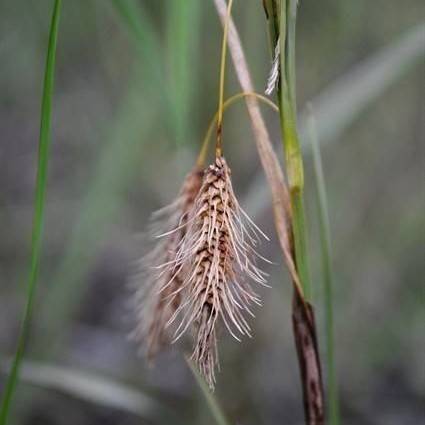
Sedge
Carex paleacea x
Watering:
Minimal
Hardiness Zone:
Sun:
full sun,part shade
Leaf:
Yes
Growth Rate:
Low
Drought Tolerant:
Yes
Salt Tolerant:
Yes
Care Level:
Medium
watering
The Sedge (Carex paleacea x) plant requires moderate water at least twice a week. Water the plants deeply right after planting. After they become established, reduce watering frequency but increase the amount of water to ensure the soil is kept moisture. To keep the foliage healthy and prevent wilting, water it to keep the soil slightly moist. Make sure not to overwater or saturate the plant at any time to prevent root rot. During hot, dry weather, water more regularly and deeply to keep the plant hydrated and the soil cool. It is not necessary to water regularly in cooler climates.
sunlight
Sedge (Carex paleaceax) is a plant species that typically prefers bright, indirect sunlight, like many other plants. The best time for sunlight for this species of sedge is between 10 AM and 4 PM, since direct sunlight at any other time can become too intense for the plants to thrive. During these hours, the sun should hit the sedge slightly obliquely to provide indirect illumination. The amount of sunlight it needs should be between 6-8 hours per day, as this will provide enough light for the plants to grow healthily and positively impact the color of the plant's leaves.
pruning
Sedge plants, such as Carex paleacea x, should be pruned at least once per growing season. It is best to prune them in the spring before new growth begins, in order to remove out of bounds, damaged, or dead foliage. For best results, prune the plant back by about 1/3 of its original height. The remaining foliage should be carefully pruned to maintain a neat and tidy look. Pruning should be done with a pair of sharp shears and should not take away more than 1/2 of the foliage at any 1 time. If pruning is done too heavily, the plant may become sparse or may not look as natural.
